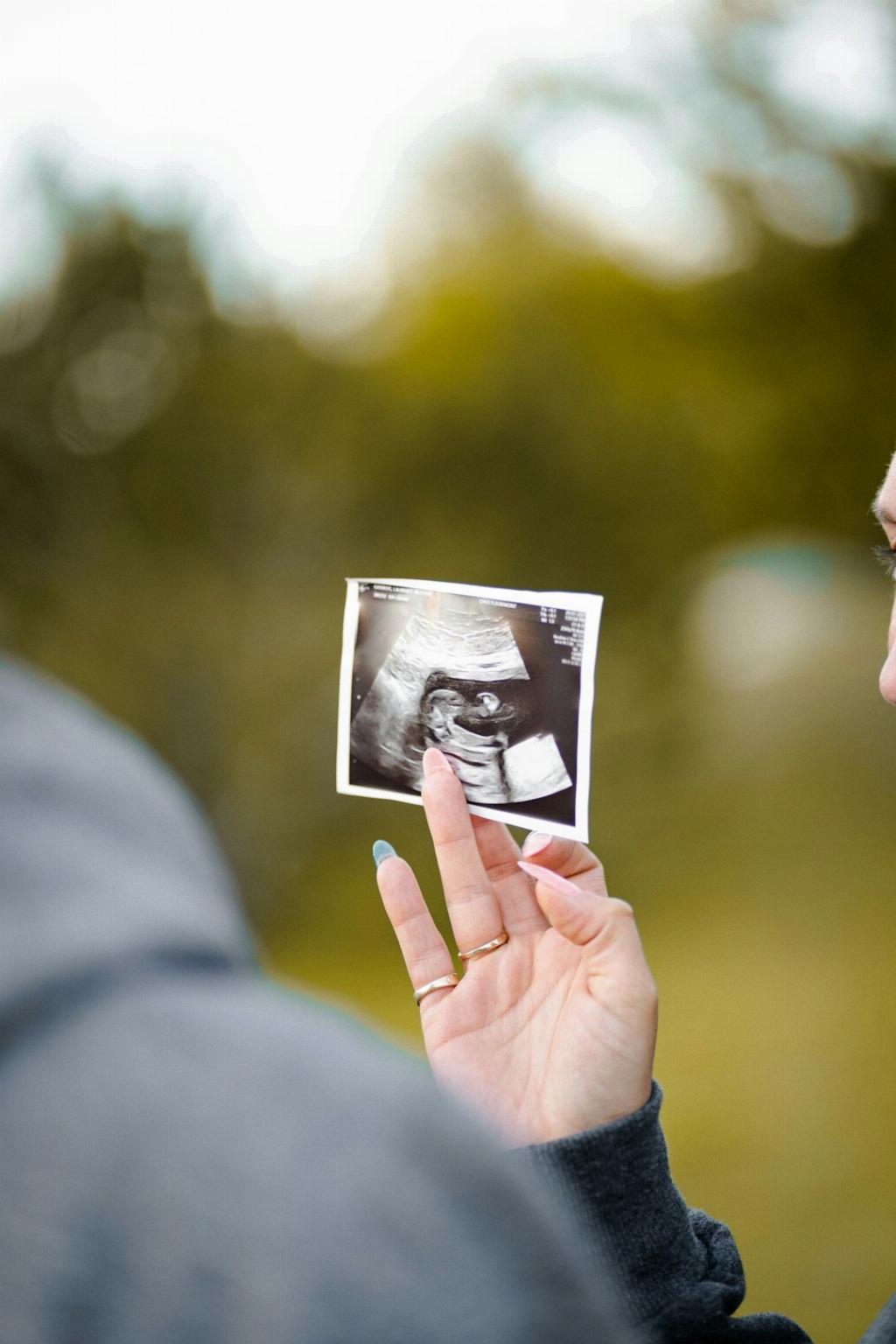When it comes to recovery from a C-section, many new moms wonder when they will start feeling like themselves again. One common question that arises is, “When does C-section pain go away?” It’s important to understand that the timeline for pain relief can vary from person to person, but there are some general guidelines to keep in mind.
Immediate Post-Op Period
Following a C-section, you can expect to experience pain and discomfort immediately after the surgery. The anesthesia wears off, and you start to feel soreness in the incision site and surrounding areas. This acute pain typically peaks within the first two to three days post-surgery and then gradually decreases over time.
First Few Days
During the first few days after a C-section, you may need to take pain medication to manage your discomfort. It’s essential to follow your healthcare provider’s instructions on taking these medications and be aware of any potential side effects. Resting and avoiding strenuous activities can also help ease the pain during this initial recovery period.
Week 1-2
As you move into the first week to two weeks post-C-section, you may notice a gradual improvement in your pain levels. Many women find that they need less pain medication as time goes on, but it’s crucial to listen to your body and take it easy as needed. Engaging in light activities and gentle movements can aid in your recovery process.
Week 3 and Beyond
While most acute pain from a C-section subsides within the first few weeks, it’s not uncommon to experience lingering discomfort for up to three weeks or more. Your incision site may remain tender, and you might feel occasional twinges of pain as your body continues to heal. It’s essential to be patient with yourself during this time and prioritize self-care.
Long-Term Recovery
Every woman’s body is unique, so the timeline for C-section pain relief can vary. Some individuals may recover quicker than others, while others may continue to experience discomfort for an extended period. If you have concerns about the duration or intensity of your pain, don’t hesitate to reach out to your healthcare provider for guidance.
Breastfeeding Considerations
If you are breastfeeding your baby, you may be concerned about taking pain medication. It’s essential to communicate with your healthcare provider about what pain relief options are safe for you while breastfeeding. Your provider can offer guidance on medication choices that won’t interfere with nursing and your baby’s health.
Self-Care Tips
As you navigate your C-section recovery journey, practicing self-care can help alleviate pain and promote healing. Stay hydrated, eat nutritious foods, get plenty of rest, and engage in gentle exercises as recommended by your healthcare provider. Taking care of your physical and emotional well-being is key to a smooth recovery.
Emotional Well-Being
Recovering from a C-section isn’t just about physical healing; it also involves emotional well-being. It’s normal to experience a range of emotions during this time, including feelings of vulnerability, frustration, and fatigue. Connecting with supportive loved ones and seeking out resources for mental health support can make a significant difference in your recovery process.
Follow-Up Care
After your C-section, attending follow-up appointments with your healthcare provider is crucial for monitoring your recovery progress. Your provider can assess your incision site, address any concerns you may have, and recommend further strategies for pain management and healing. Don’t hesitate to ask questions and seek guidance as needed.
Patience and Persistence
Recovering from a C-section is a journey that requires patience and persistence. While pain relief may take time, trust in your body’s ability to heal and focus on taking small steps toward recovery each day. Remember that it’s okay to ask for help and seek support during this period of adjustment and healing.
Conclusion
In conclusion, the timeline for when C-section pain goes away can vary for each individual. While acute pain typically subsides within the first few weeks post-surgery, it’s normal to experience lingering discomfort for up to three weeks or more. Prioritize self-care, follow your healthcare provider’s guidance, and trust in your body’s ability to heal as you navigate the recovery process.

